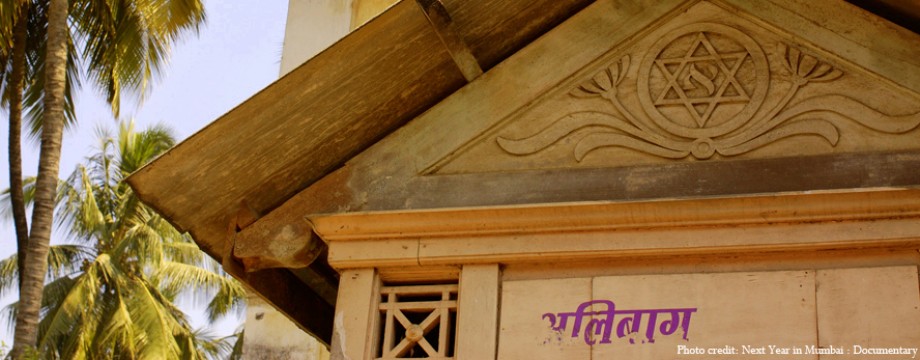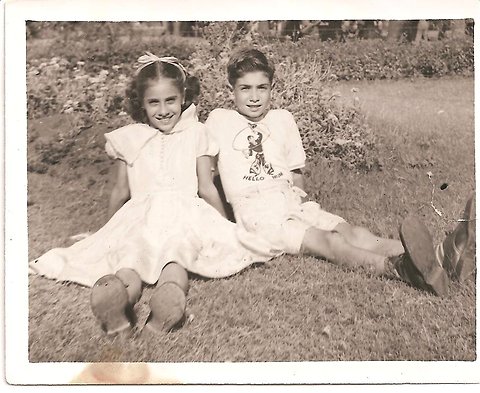Shaul Sapir, a professor of historical geography at Jerusalem’s Hebrew University, knows a thing or two about his field.
At age 8, seeking out a Hebrew chewing gum he had seen in an advertisement, Mr. Sapir went to his father and insisted he be allowed to move to Israel. Despite the fact that the Sapir family was living a comfortable life in Mumbai, his parents, Mumbai-born descendants of Jews who had migrated from Baghdad several generations earlier, agreed.
India was newly independent, and the Sapirs, like many within the Jewish community of the city, formerly known as Bombay, were concerned that a post-British India might become an unwelcome place for Jews. So Mr. Sapir and his older sister, at the boy’s bidding, were sent to live with an aunt. “They were used to it,” Mr. Sapir says of his request to make “aliyah,” the term Jews use for immigrating to Israel. “They had sent me to a boarding school, so what was it to send me to Israel?”
Mr. Sapir’s childhood passage to Israel was part of a flood of immigration by Baghdadi Jews – Indian Jews who, like his family, had moved to the subcontinent from Syria, Iraq and other Arab countries, as well as Iran, in late 1800s – to the newly minted Jewish state in the 1950s and 1960s. Mr. Sapir and his sister, under the watchful eye of their aunt, learned Hebrew, enrolled in Israeli schools and grew up as Israelis. His sister now lives in the southern city of Eilat while Mr. Sapir, after a stint as a paratrooper in the Israeli Army and many years of academic work, happily instructs his students on the movement of peoples across time and space.
The elder Sapirs joined their children seven years later. They, too, were far from alone. At their height, the Baghdadi Jews of India, who had flourished dually in Kolkata and Mumbai, numbered close to 7,000. Three large synagogues still stand in Kolkata, previously referred to as Calcutta. Yet there are hardly enough Jews to form a 10-person “minyan,” the minimum number of worshippers Jewish law requires for certain ceremonies.
“Once upon a time there used to be a rich community in Calcutta,” says Isaac Ashkenazy, the director of public relations for the Indian Jewish Heritage Center in Israel and himself a Kolkata-born Baghdadi Jew. Mr. Ashkenazy came to Israel considerably late – in the 1970s, at age 22 – and believes his community’s migration was based more on fear than fact. “I think it was more paranoia than anything else. Because the Indian community in general is a very tolerant civilization,” he says.
Economic factors also played a role. Many Baghdadi Jews had flourishing businesses in colonial India, and with the departure of the British came the rise of communism. The Baghdadi Jews of India, whose grandparents and great-grandparents came to the country as traders and passed significant empires of wealth and enterprise onto their grandchildren, were now looking for new opportunities.
To Mr. Ashkenazy, the trajectory of India’s Baghdadi Jews is a story as old as Judaism itself. “Jewish people, all our culture, our religion is very tribal. It’s very hierarchical. It comes from father to son, and that’s why my fatherhood is India, and my motherhood is Israel,” he says.
To see the original source and author of this please go to this URL: http://india.blogs.nytimes.com/2012/04/03/a-childhood-passage-to-israel-for-baghdadi-jews-of-india/



